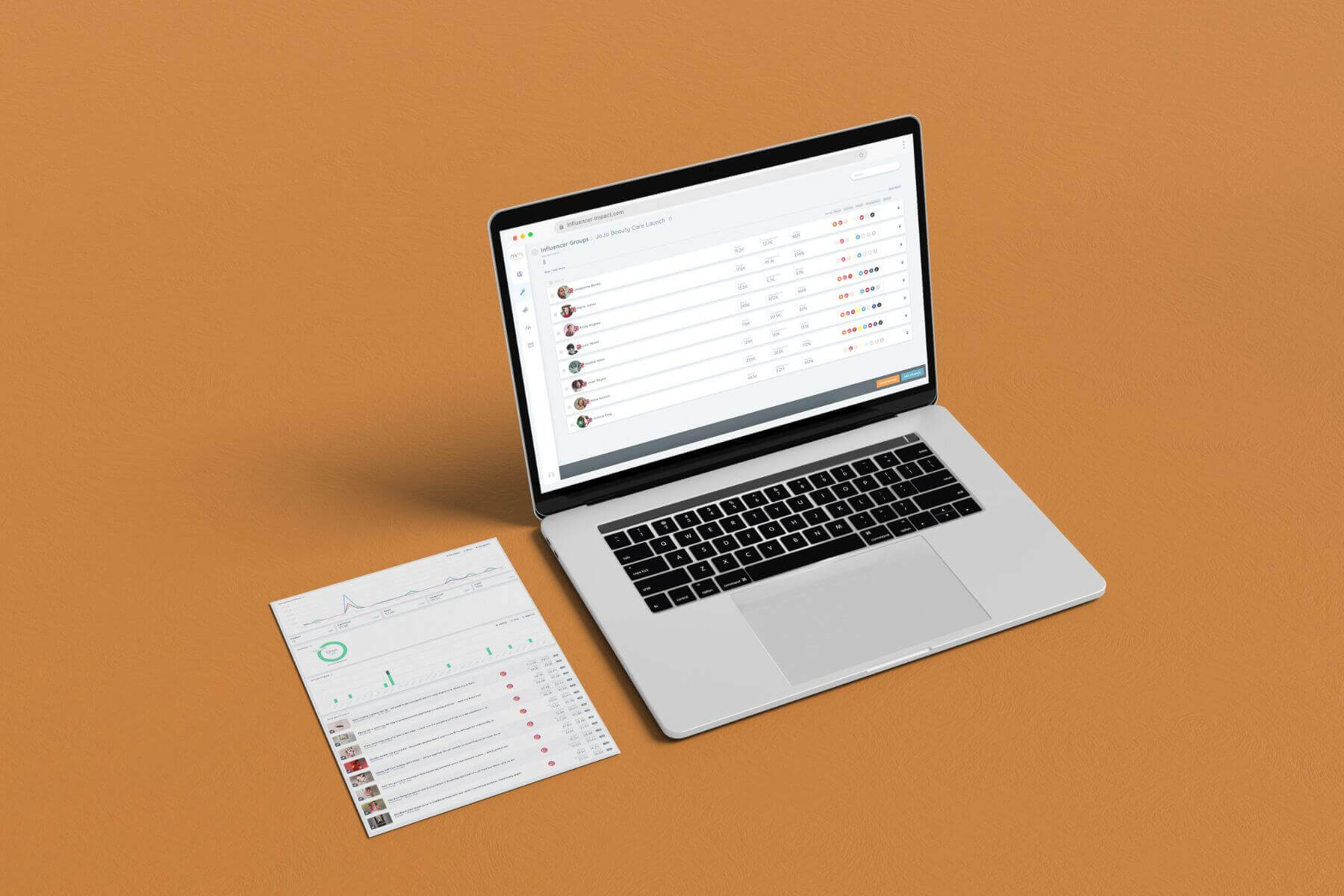The skincare category has grown exponentially since the beginning of the pandemic, when house-bound beauty shoppers turned to at-home facials for a lockdown complexion boost (and, simply, something to do). But recognising that growth means understanding the role influencers played in soaring sales figures, as they, like their followers, went seeking entertainment in their skincare stash.
Turning these explorations into TikTok and Instagram content created a skincare boom, and with lockdowns now over, we’re still seeing game-changing performance from influencers’ skincare content. The hashtag #CeraVe has, to date, an incredible 1.4 billion views on TikTok, while viral posts on the same platform led to a 426% sales spike for The Ordinary’s AHA 30% + BHA 2% Peeling Solution. With such figures in mind, it’s easy to see why many brands are increasing investment in influencer marketing. But how can you ensure you’re finding the right talent for your audience?
Step 1: Define Your Objectives
First, you need to set realistic goals for your influencer marketing program. By defining your objectives, you can start to understand what types of influencers and platforms may drive performance. For example, if you’re aiming for a certain level of reach or engagement from your campaign, you can use these key performance indicators (KPIs) to find influencers who align with your target figures.
Want to know how you can transform how you can identify and track the best influencers? Find out here.
Step 2: Decide On Messaging
Consumers are increasingly engaging with content that feels authentic to them, so working with influencers who have a natural affinity with your brand is key. By narrowing down your skincare product’s key messaging – whether it’s focused on sustainability, dermatological claims or quick, speedy results for the time-poor – you can start to understand what type of influencers will feel like a natural fit. For example, influencers with a long-established reputation for being eco-conscious are going to be better placed to promote a new recyclable skincare initiative. Meanwhile, working with a dermatologist with a large, highly engaged following can help to propel products with scientific claims.
Step 3: Use an Influencer Tool
With your objectives and messaging in mind, use an influencer identification tool to filter and find the right influencers for your upcoming campaign. The right tool won’t just cover the skincare or beauty markets, but will span other sectors, such as lifestyle and parenting. While the early days of influencer marketing led beauty brands to work with beauty bloggers only, branching out into other audiences has proven effective in boosting return on investment. Our influencerCONNECT service helps you find both beauty and non-beauty influencers across a range of platforms, including Instagram, TikTok and YouTube. Meanwhile, granular filtering enables you to discover talent based on their interests, audience size, engagement rates, and more.
Step 4: Approach Your Chosen Influencers
These partnerships shouldn’t just work for your brand; they need to work for your chosen influencers too. That’s why, when approaching them about a new campaign, it’s important to demonstrate that you understand their values, their audience, and the tone of their content. When you reach out, make sure your initial communication covers:
- The backstory of your brand and the product you’re hoping to promote.
- Who your customer is and why you feel that aligns with their audience.
- What you love about their channel(s) and why you think the partnership is a fit.
- The campaign deliverables, including any event attendances, Stories posts, etc.
- Expected timelines so they can ensure they have capacity.
- Any relevant legal small print to avoid confusion.
5. Measure Campaign Performance
Once you’ve reached the point where the campaign is approved and ready to go live, ensure you have the right tools in place to analyse performance. This is the point where your initial KPIs are measured, whether you’re looking at reach, engagement, earned media value, sales – or all of these. If your campaign hits the expected goals, you may have set the foundations for a long-term partnership that continues to deliver results.
Up next: mmi data reveals the top 20 sustainable beauty influencers of 2021.





